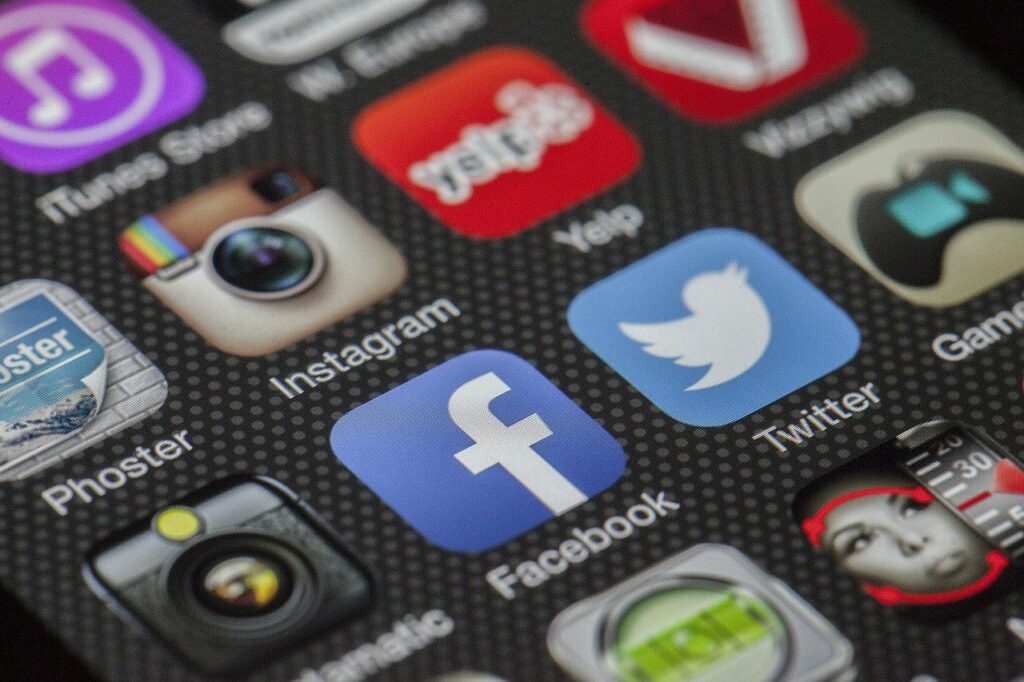
The coronavirus mainly spreads through direct person-to-person contact and it does a very good job at it, too, being roughly twice as contagious as the flu. So, this is a virus that is highly adapted to human nature, exploiting our propensity to engage in social activities.
Due to the way it is designed by its architects, Facebook does a very good job mirroring our real-life connections with people. Now, scientists have tapped into Facebook’s datasets to develop a model that can accurately predict the spread of COVID-19.
How your Facebook friends can predict which regions will be the most affected by COVID-19
Researchers at New York University used a new anonymized dataset from Facebook called the Social Connectedness Index. In the wake of the Cambridge Analytica scandal, the biggest social network in the world has tried to clear its name by releasing all sorts of initiatives and programs in an effort to both tighten user privacy while also being more transparent on how it processes user data.
This dataset allowed the researchers to measure how connected two geographical regions are based on the friendships on Facebook. The dataset doesn’t offer raw data that could be used for more granular mining so as to not infringe on user privacy. However, this is enough to plot the density of social connections.
Using such an approach, the researchers assessed COVID-19 transmission in the early days of the epidemic in two important hotspots: Westchester County (a New York suburb) and Lodi province in the north of Italy.
In the New York suburb, the researchers found that coastal regions and urban centers had high levels of COVID-19 cases per capita, as well as high levels of connectedness to Westchester-based Facebook users. For Lodi, Facebook connections mirrored the spread of coronavirus to Rimini, a popular seaside resort on the Adriatic.
There were also associations that connected Facebook data to COVID-19 cases spreading between Lodi and several provinces in southern Italy, which are historically known for workers and students migrating to the richer Lombardy region in northern Italy.
These findings held true when wealth, population density, and geographical proximity were factored in.
“These results suggest that data from online social networks may prove useful to epidemiologists and others hoping to forecast the spread of communicable diseases such as COVID-19,” the authors wrote in their study.
At this moment, half of the world’s population is under lockdown. But this can’t last forever. At some point, social distancing restrictions will be loosened — and this will happen intermittently up to at least 2022, according to a recent study that ZME Science covered today.
This sort of epidemiological modeling based on social network connections might prove incredibly useful during the crucial moments in between lockdowns. For instance, the modeling could inform policymakers on which regions are the most vulnerable to COVID-19 transmission allowing them to take precautionary steps.
Elsewhere, governments are turning to other types of user data, such as aggregated data derived from telecommunication towers or browsing history from the mobile advertising industry.









